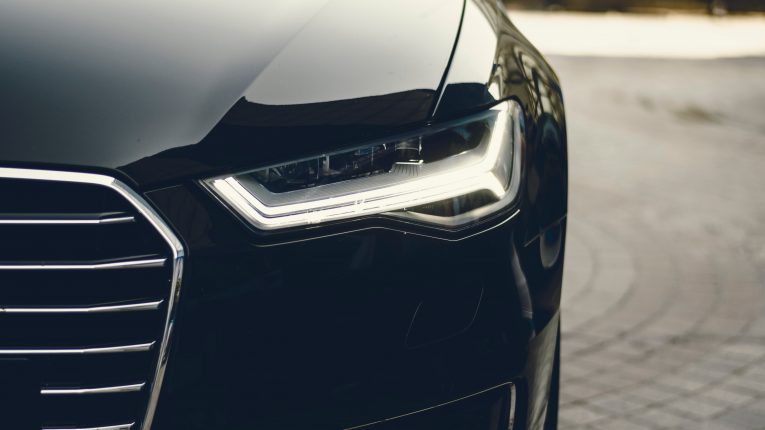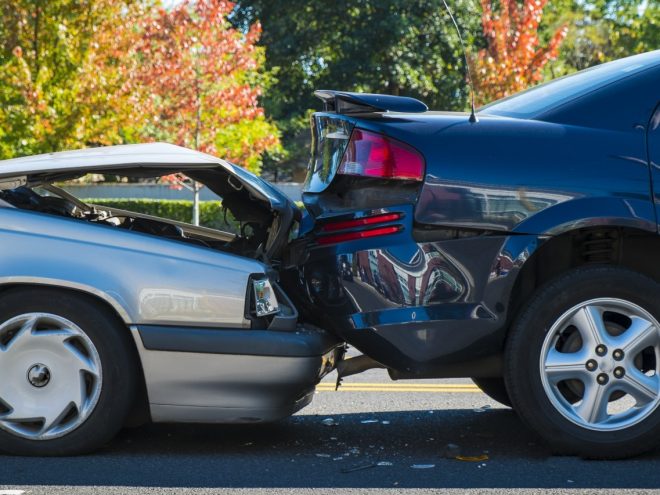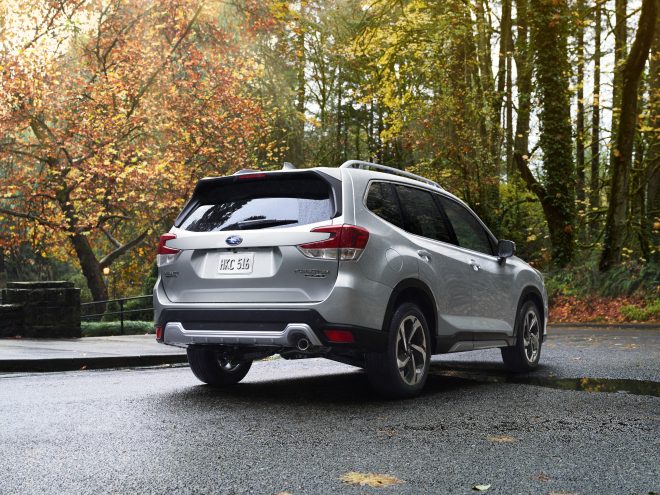
Checking Your Vehicle For Damages
From time to time, there’s a chance that your car will be in worse condition than you might have expected. This kind of issue can sometimes be less pronounced but develop quickly, while other times an issue might spring up when we’re unaware. So it’s essential for us to know how to inspect our vehicle for damages, because sometimes it might be the difference between driving safely on the road and not. Of course, a bust tail-light or another issue might be completely visually identifiable, but some others could be a little more subtle, or a little less easy to take care of.
No matter who you are, you deserve to drive a vehicle that’s safe for you and your passengers, but of course, this doesn’t just happen out of nowhere. It takes time and consideration to ensure this happens, and a willingness to invest in the right areas. With our advice, we hope to help you make this process less intimidating than it might be, particularly if you’re a new driver.
Cracks In The Fender
Fender and bumper cracks can often be hidden by the paintwork of the vehicle, but sometimes it can denote the fact that you have had trouble hitting a wall gently when turning, or perhaps someone knocked into your vehicle when you were parked. You might think that it takes quite some effort to cause a difficulty here, but that’s not the case. These materials are often composite plastic, and with the right pressure a small crack can turn into a large one. Not only is this kind of damage a good marker of a knock or further internal damage, but these can also drop off if the supports have been knocked a good distance. Visually identifying closely or running your hand over it (keep some antibacterial gel in your car,) can help you find a fault to begin with. Also, don’t be afraid to find evidence and litigate using a counsel such as Andrew R. Schwing, as finding the culprit and justifiable litigating against them could save you much reparative cost.
Windshields
It’s essential to ensure that your windshields are well taken care of. Inspect them before heading into your car, a small visual once-over can do the trick and might only take seconds. It’s not uncommon for debris to fly from the road and cause chips or cracks, and unfortunately these can grow. Using an immediate reparative service to fill in those chips with gel is essential, lest the pressure of your windscreen during travel cause it to crack further.
Dents & Paint Chips
Paint chips and dents suggest that your car has been scraped against, or perhaps the wheel arches have been knocked. This can cause impedance on your wheel integrity, and might be the sign of further damage. It can also help you follow the breadcrumb trail to help you understand something that might have hit against your vehicle. Keeping your car clean will also help you visually identify this.
With these immediate and daily checks, checking your vehicle for damages will be a reliable and regular car-safety approach.










[…] you want to keep your car in the best possible condition possible, having a yearly MOT and service is the best way to go. Whilst this is a legal requirement for any car owner, taking note of the […]